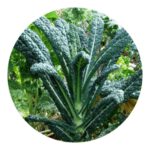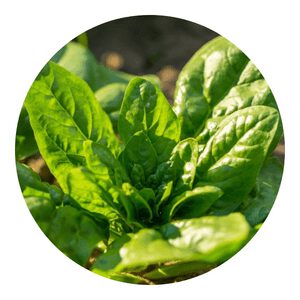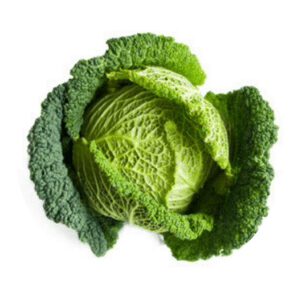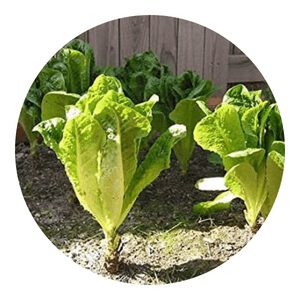How to Grow Dazzling Blue Kale
If you’re looking to add some color to your garden, why not try growing blue kale?
This gorgeous leafy vegetable is not only easy to grow, but it’s also packed with nutrients.
Here are a few tips on how to get started.
Dazzling Blue Kale Menu
Why to grow blue kale
If you’re looking for a kale that’s out of this world, look no further than blue kale.
This unique leafy green is not only gorgeous to look at, but it’s also packed with nutrients. Here’s why you should add blue kale to your garden.
Blue kale is a nutrient powerhouse. It’s loaded with vitamins A, C, and K, as well as calcium and iron. Plus, it has twice the amount of antioxidants than green kale. That means it’s great for your health!
Not only is blue kale healthy, but it’s also easy to grow. It thrives in cool weather, so it’s the perfect plant for spring or fall gardens.
Blue kale is also tolerant of drought and pests, so you won’t have to worry about babying it.
So what are you waiting for?
Soil and sun requirements
To achieve the best blue color in kale, the plants need full sun for most of the day.
The soil should be kept moist but not waterlogged and rich in organic matter.
Fertilize every few weeks with a organic fertilizer.
Kale is a cool weather crop and will bolt (go to seed) if the temperature gets too hot, so it’s best to sow seeds in early spring or late summer/early fall.
Plants can be started indoors 4-6 weeks before transplanting outside.
Grow Dazzling Blue Kale With its crisp, cool leaves And its brilliant blue hue, Kale is a leafy powerhouse Packed with nutrients galore. This nutrient-rich veggie Is versatile and yummy, too, So toss it in a salad, sauté it, or steam-- However you like to eat your kale, Just know that it's good for you!
Chappy The Gardener
Planting and care
Here are some helpful tips on how to plant and care for blue kale in your own yard.
When selecting a location to plant blue kale, choose an area that receives full sun to partial shade.
This cool-season crop prefers well-drained soil that is high in organic matter.
To prepare the planting bed, simply till the soil to a depth of 8-10 inches and remove any rocks or debris.
Then, mix in 2-3 inches of compost or aged manure before smoothing out the surface.
Pests and diseases
While kale is a nutrient-rich powerhouse, it is not immune to pests and diseases.
Here are some of the most common culprits that can affect your blue kale crop:
Downy mildew is a fungal disease that thrives in humid conditions.
Symptoms include yellowing of the leaves, followed by brown spots. The best way to prevent downy mildew is to water your plants at the base, rather than from overhead.
Cabbage loopers are caterpillars that feast on the leaves of kale plants.
These voracious eaters can quickly decimate a crop. Hand-picking them off is the best way to get rid of them.
You can also use an organic insecticide, such as Bacillus thuringiensis (BT), to kill them.
Flea beetles are small black beetles that jump when disturbed.
The best organic fertilizer for kale
Kale is a leafy green vegetable that is packed with nutrients. It is a member of the cabbage family and has a high nutritional value.
Kale can be grown in both warm and cool climates.
To grow kale, you will need to use an organic fertilizer.
The best organic fertilizer for kale is compost.
Compost will provide the plants with the nutrients they need to grow healthy and strong.
You can make your own compost by collecting kitchen scraps and yard waste.
You can also purchase compost from a garden center or online retailer.
Be sure to choose a high-quality compost that is rich in nutrients.
When using compost, be sure to apply it evenly around the base of the plants.
Water the plants well after applying the fertilizer to help the roots absorb the nutrients.
How tall does dazzling blue kale get?
Dazzling blue kale is a beautiful, edible plant that can grow up to two feet tall.
Its leaves are a deep blue-green color and its stems are a bright purple.
This variety of kale is also known as Lacinato or Dinosaur kale. It is a cool weather crop that should be planted in the spring or fall.
What does dazzling blue kale taste like?
So what does this nutrient-packed veggie taste like?
Dazzling blue kale has a slightly sweet taste with a hint of bitterness.
The leaves are tender and have a slightly chewy texture.
When cooked, the flavor intensifies and takes on a nutty taste.
Whether you’re looking to boost your health or just want to try something new, give dazzling blue kale a try.
You might be surprised by how much you enjoy its unique flavor.
How to grow dazzling blue kale Hydroponically?
Kale is a nutrient-rich leafy green that is perfect for growing hydroponically.
The best part about kale is that it is relatively easy to grow and does not require a lot of special care.
If you are looking for a way to add some color to your hydroponic garden, blue kale is a great option.
To grow dazzling blue kale hydroponically, start by planting the seeds in a substrate such as rockwool or coco coir.
Be sure to plant the seeds at least 1 inch apart so that they have plenty of room to grow.
Once the seeds have germinated, water them with a nutrient-rich solution every few days.
Blue kale will reach maturity in about 60 days. When the leaves are 6-8 inches long, they are ready to harvest.
In conclusion,growing dazzling blue kale is a simple process that can be completed in just a few steps.
With the proper care and attention, your kale will thrive and produce beautiful, healthy leaves that are perfect for adding to salads, soups, and more.
So what are you waiting for? Start growing your own kale today!
Click To Grow
Helps Us Grow – Share If You Like
















